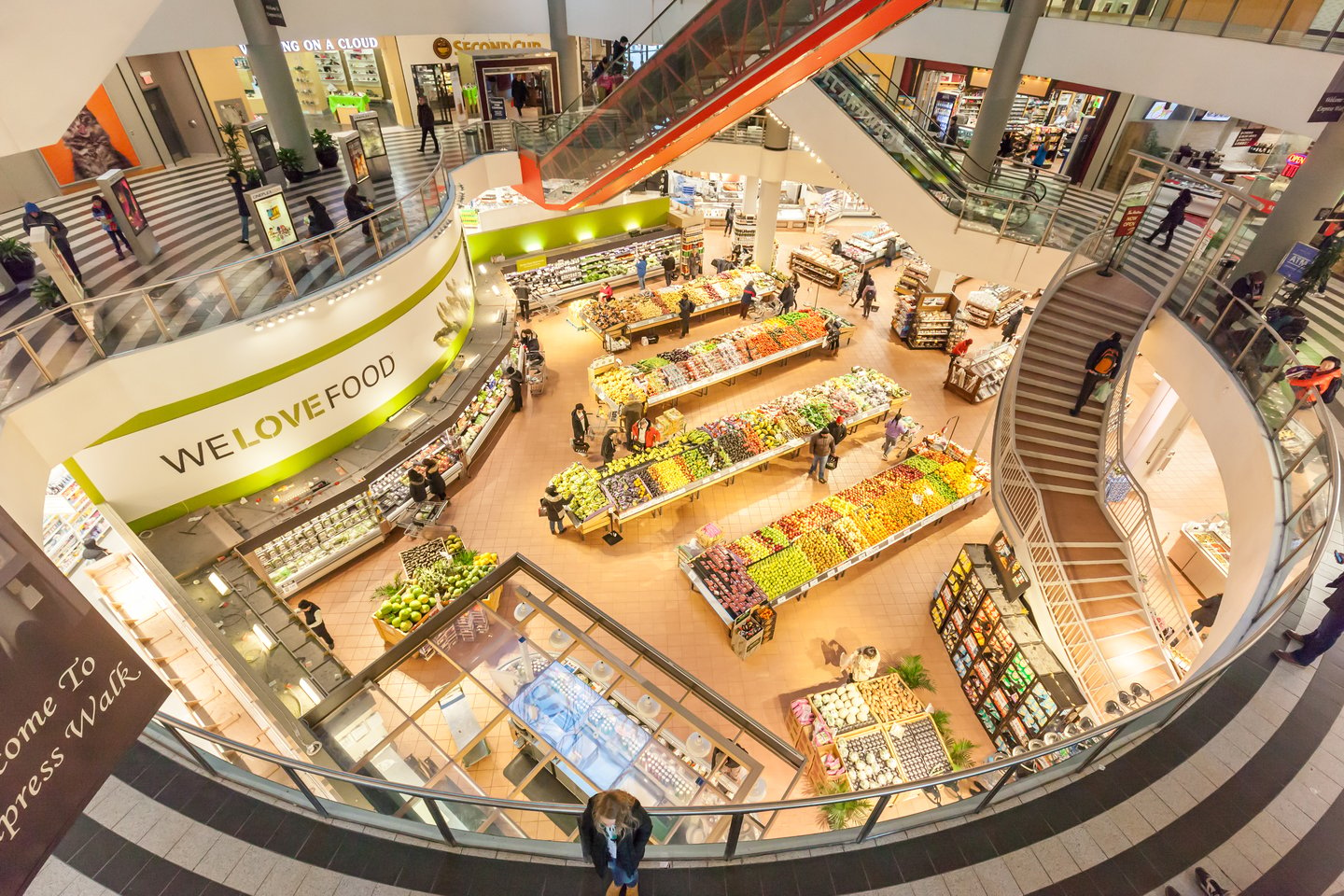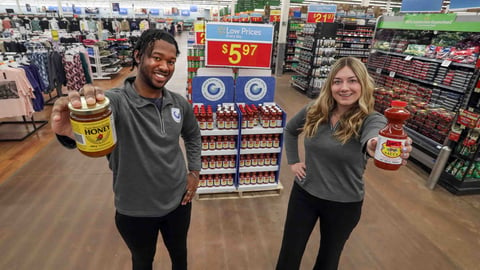From boycotts to 'Buy Canadian,' it's been a turbulent year for the grocery industry
Giancarlo Trimarchi, president of Vince’s Market—an independent grocer with six stores north of Toronto—often reminds himself, “We sell bananas. That’s our core business.”
But selling food to customers isn’t so simple anymore, he says.
Changing regulatory policies, economic volatility, demographic trends, labour movements, supply chain disruptions and shifting public perceptions have together created a grocery sector that feels in a perpetual state of flux.
“The constant changes and adjustments required to your operating model—followed by yet more adjustments—combined with unexpected shocks to the business have reached an unprecedented level,” Trimarchi says. "It’s a lot of ‘extra’ that traditionally wasn’t part of the management role or mindset.”
This trend has also played out with major grocery chains, particularly as it relates to consumer sentiment. Last spring, frustrated Canadians rallied to boycott the biggest players over soaring prices, while companies reported stable revenues and profits as a percentage of sales. Meanwhile, many consumers struggled to afford groceries, with rising food bank usage underscoring the affordability crisis.
It marked a stark contrast to the height of the pandemic when food retailers and their employees were hailed as essential heroes.
“For grocers, adaptation is the nature of the business—they are, after all, a storefront to society. As societal changes ebb and flow, sometimes gradually and other times rapidly, grocers continuously adjust,” says Diane Brisebois, president and CEO of the Retail Council of Canada.
Now, with the U.S.-Canada tariff war taking hold, the pendulum is swinging once again. The “Buy Canadian” movement to support homegrown brands—like private-label lines, such as Loblaw’s PC and No Name, or locally grown produce—has gained widespread momentum, drawing consumers back to the same grocers they boycotted almost a year ago.
READ: These Canadian retailers and brands are tapping into the ‘Buy Canadian’ trend
“Much of the anger they had after the pandemic and even from a year ago has moved on,” says retail analyst Bruce Winder. “A major reason is that food inflation eased. Additionally, in Loblaw’s case, the company has invested in resources trying to change its image, increasing transparency and over the past year lowering prices on many of its products.”
Efforts to increase transparency around costs include Loblaw’s ‘Real Talk’ section of its website, which this year has addressed topics like the price shoppers pay for meat and, more recently, the U.S. tariffs. Winder also points out that CEO and president Per Bank, who succeeded Galen Weston early last year, has been highly active on LinkedIn, engaging regularly with his nearly 80,000 followers—especially as the grocer navigates harsh duties.
While food inflation has eased, prices are poised to increase on a host of products during the trade war.
In the meantime, Brisebois emphasizes that retailers must prioritize shopper education.
“Most importantly, grocers need to continue to communicate with their customers, providing information on products, the impact of the trade war on the cost of goods, and their ongoing support of domestic suppliers,” says Brisebois, who has put her retirement, announced earlier this year, “severely on hold” to help the industry navigate the crisis.
Many retailers, she adds, have sought out alternative suppliers, securing non-U.S. goods to maintain product variety. “Both large and small grocers across the country have stepped up.”
Looking ahead
While change is nothing new in retail, Brisebois says the sheer level of uncertainty today is unlike anything she’s seen in 30 years.
Retailers are feeling it, too. “What I am hearing from all grocers is, ‘We don’t know exactly what we should be doing,’” she says. “As a result, many of them have paused or slowed down their capital investments until such time they gain a better understanding of the situation.”
With a new leader set to take the highest public office and a trade war that could stretch on for months or even years, how should grocers move forward? Brisebois recommends leaning on the resilience they’ve built over the past five years.
“Grocery retailers have had to be exceptionally resilient over the last five years, facing disruptions that we would typically see unfold over 15 to 20 years,” she says. “Grocers that are exceptionally well-run and quick to adapt will perform best.”
READ: RCC’s Diane Brisebois reflects on her career and retirement plans
She compares the agility required to navigate this time to performing in a Cirque du Soleil act. “Retailers are juggling countless balls in the air while carefully managing each one individually, ensuring they stay in sync so nothing comes crashing down. It’s a tremendous amount of work.”
Winder agrees. “Retailers have to act nimbly and quickly,” he says, citing Loblaw’s “swap and shop” feature on its PC Optimum loyalty app, which helps shoppers find Canadian alternatives to U.S.-made products. “That's agility in action when a $60-billion company can roll out a new feature over a weekend."
Retailers like Sobeys and Metro, as well as independent shops like Vince's Market—which swiftly rolled out "Product of Canada" shelf labels in early February—have also stepped up to help patriotic shoppers identify local goods.
Trimarchi says that for grocers of all sizes, embracing uncertainty and change has become a necessity.
“We've all been forced to react over the last five years to various things, and so our resistance to change has dropped significantly,” he says. “We’re more open to change than we used to be, and I think that’s a good thing.”



